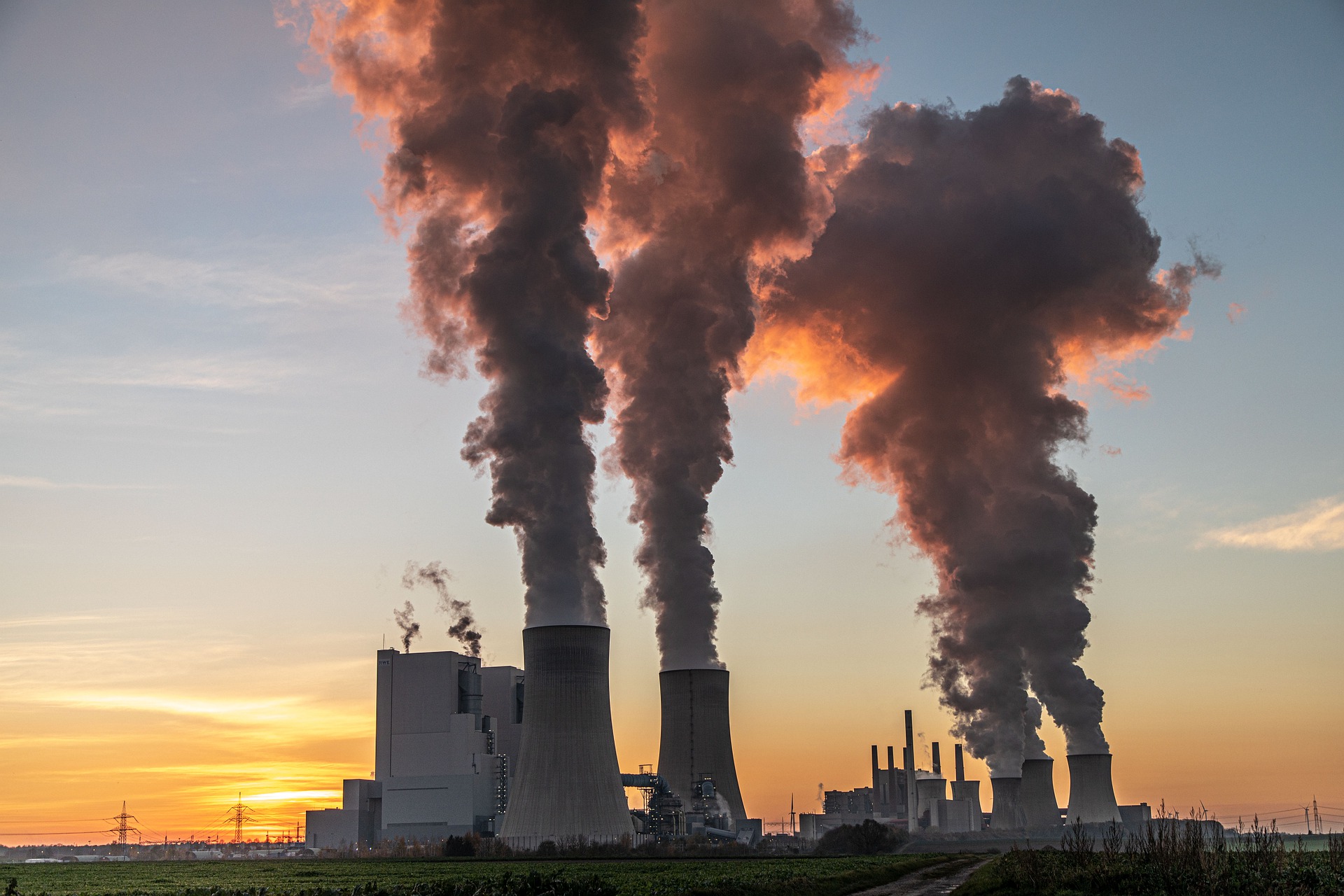
Climate change poses many risks to human health. Some health impacts of climate change are already being felt in the United States. We need to safeguard our communities by protecting people’s health, wellbeing, and quality of life from climate change impacts. Many communities are already taking steps to address these public health issues and reduce the risk of harm.
BACKGROUND
When we burn fossil fuels, such as coal and gas, we release carbon dioxide (CO2). CO2 builds up in the atmosphere and causes Earth’s temperature to rise, much like a blanket traps in heat. This extra trapped heat disrupts many of the interconnected systems in our environment. Climate change might also affect human health by making our air less healthy to breathe. Higher temperatures lead to an increase in allergens and harmful air pollutants. For instance, longer warm seasons can mean longer pollen seasons – which can increase allergic sensitizations and asthma episodes and diminish productive work and school days. Higher temperatures associated with climate change can also lead to an increase in ozone, a harmful air pollutant.
THE CLIMATE-HEALTH CONNECTION
Decreased air quality introduces a number of health risks and concerns:
According to the National Climate Assessment, climate change will affect human health by increasing ground-level ozone and/or particulate matter air pollution in some locations. Ground-level ozone (a key component of smog) is associated with many health problems, including diminished lung function, increased hospital admissions and emergency department visits for asthma, and increases in premature deaths.
More and larger wildfires linked to climate change could also significantly reduce air quality and affect people’s health in a number of ways. Smoke exposure increases acute (or sudden onset) respiratory illness, respiratory and cardiovascular hospitalizations, and medical visits for lung illnesses. The frequency of wildfires is expected to increase as drought conditions become more prevalent.
Exposure to allergens causes health problems for many people. When sensitive individuals are simultaneously exposed to allergens and air pollutants, allergic reactions often become more severe. The increase in air pollutants makes the effects of increased allergens associated with climate change even worse. People with existing pollen allergies may have increased risk for acute respiratory effects.
ACTIONS WE CAN TAKE TO PREPARE FOR CLIMATE CHANGE
We can responsibly manage the problems facing our environment by taking sensible steps toward protecting human health and safety. Whether measures are meant to reduce future climate change impacts or to address the health impacts of climate change that are happening already, early action provides the greatest health benefits. It makes sense to invest in creating the strongest climate-health adaptation and preparedness programs we can.
Reducing the release of heat-trapping gases like CO2 can help protect our health and wellbeing by decreasing impacts on our climate system. Activities that reduce the amount of heat-trapping CO2 in the atmosphere are many of the same things we already know prevent health problems. Active modes of transport like biking or walking can help reduce traffic-related air pollution and encourage physical activity, which has public health benefits including reduced rates of obesity, heart disease, and diabetes.
ACTIONS WE CAN TAKE TO PREPARE FOR CLIMATE CHANGE’S IMPACT ON AIR QUALITY
We also need to take action to make our communities less vulnerable to climate change impacts already in progress. Many communities are already addressing climate-sensitive health issues. When it comes to managing the health threats associated with air quality, a variety of effective public health responses are available.
The U.S. Environmental Protection Agency’s Air Quality Index (Airnow.gov) is a tool that helps the public quickly learn when air quality is likely to reach unhealthy levels. These forecasts, shared online and through local TV stations, radio programs and newspapers, help individuals reduce their exposure by altering the type and location of their physical activity.
People with pollen allergies can limit their outdoor physical activity on days with high pollen counts.
Transportation and land-use planning decisions that incorporate active modes of transportation can reduce vehicle miles traveled and lower traffic-related air pollution.
For example, the New York State Environmental Health Tracking Program helped New York identify local connections between ground-level ozone and hospitalizations for respiratory illness in children.
Holtop have the products of ductless residential heat recovery ventilators and commercial heat recovery ventilators.
If you are interested in Holtop heat recovery ventilators, please send us an email to sale@holtop.com or send inquires to us.
For more information, please visit:https://www.cdc.gov/climateandhealth/pubs/air-quality-final_508.pdf
Post time: Aug-08-2022








